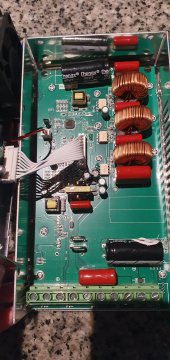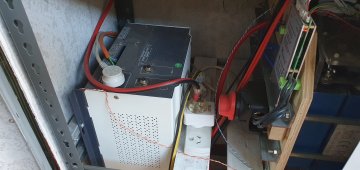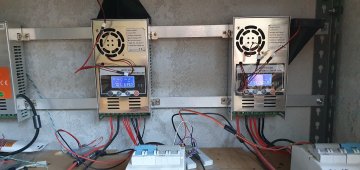Just an update. My 2 Ecgsolax units have performed flawlessly. Maxing out at about 900W indicated. Test will be as the days lengthen when it should reach 1200W. They do run hot so have added external fan.
I couldn't figure out if they have uart so data logging is through hall sensor on output.
I couldn't figure out if they have uart so data logging is through hall sensor on output.






